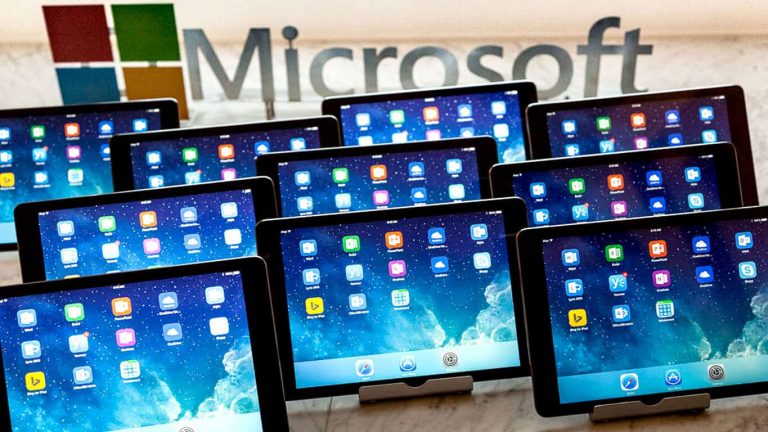There are numerous ways to develop an app for Windows 10 with some focusing on creating an app from scratch while others, such as the Hosted Web App format, encourage the use of recycled code that has been used for online apps or to make apps for other operating systems such as Apple’s iOS or Google’s Android.
One of the new systems designed to help app developers convert their iOS apps to the Windows 10 format is the Windows Bridge for iOS. This project essentially allows developers to create a new app in the Universal Windows Platform (UWP) app format that will run on any Windows 10 device using iOS APIs and Objective-C code. The Windows Bridge for iOS project itself is a fairly good way to encourage more developers to bring their apps to Windows Store and Microsoft has begun publishing a series of blog posts on the conversion process to present how straightforward the process is.
In the latest blog post in their series, the Windows Apps Team explores the steps in converting a basic iOS calculator app to the Universal Windows Platform format using Storyboards and Auto Layout. Previous entries covered the creation of a basic to-do list app in Xcode and provided an introduction on Visual Studio for iOS developers.
In this tutorial, the reader is walked through the conversion process step by step and is encouraged to contact the Windows Apps Team if they encounter any bugs. Overall, Microsoft seems genuinely invested in making app development for Windows 10 as unintimidating as possible, which is definitely a good thing considering the fact that the number of apps on the operating system remains dwarfed by those on Android and iOS. There is a steady stream of new apps launching on Windows 10 however, indeed we seem to report on a new app or an updated one on a daily basis. There simply needs to be more.
Do you have an iOS app that you’d like to see converted to the UWP format? Let us know which apps you’d like to see on Windows 10 in the comments below. Personally I’d like to see that Ello app happen.


